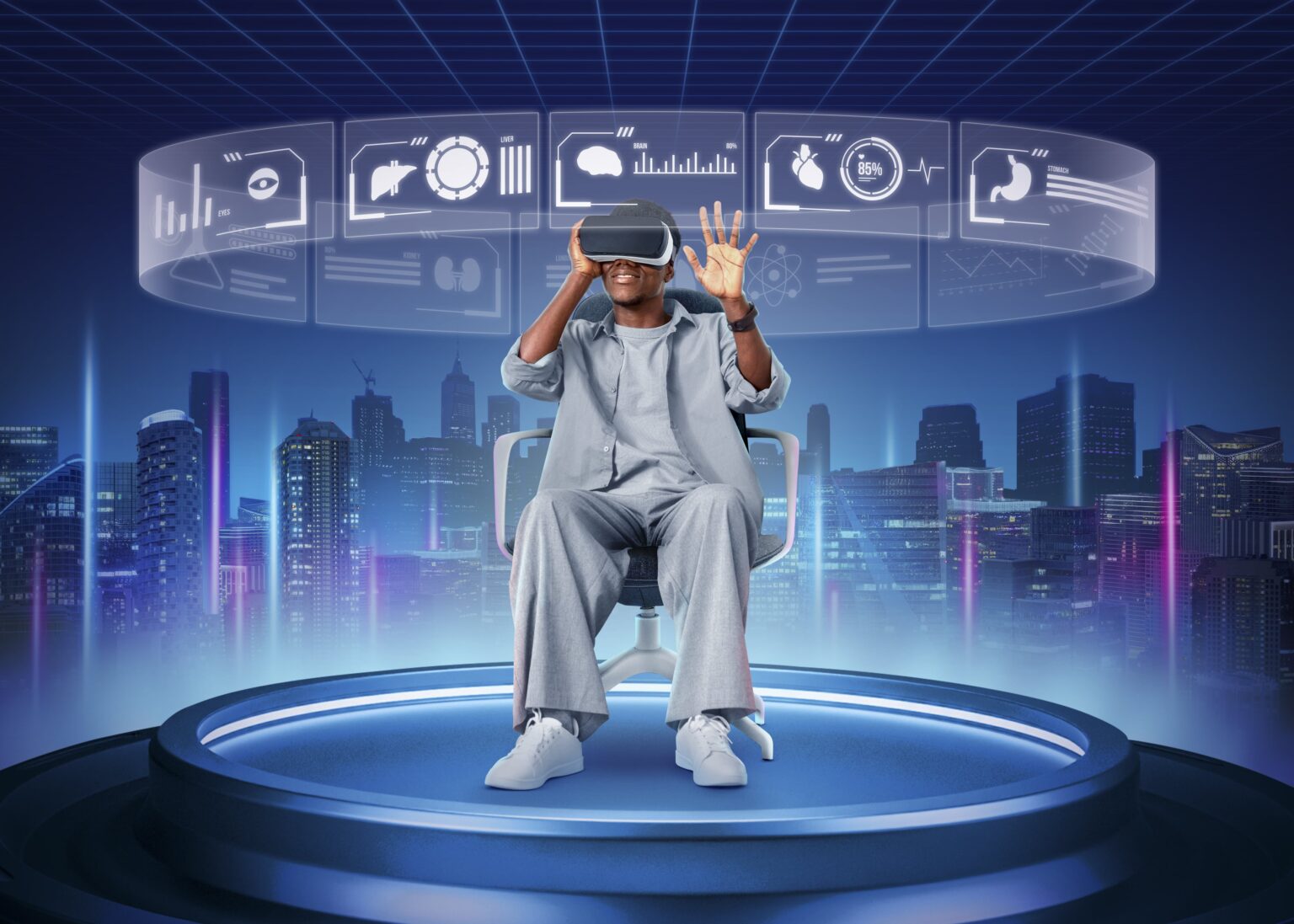Virtual Reality (VR) is one of the most rapidly growing technologies in the digital world. With the help of VR headsets, users can immerse themselves in virtual environments that are designed to feel like real-world environments. The potential applications of VR are nearly endless, ranging from gaming and entertainment to healthcare and education. But how can data science help develop VR technology? In this article, we’ll take a closer look at the role of data science in the development of VR and its potential to revolutionize the VR industry.
The Role of Data Science in VR Development
Data science plays a crucial role in the development of VR technology in several ways. One of the most important ways is by providing a better understanding of how users interact with VR environments. By collecting and analyzing data from VR headsets, developers can gain insights into how users move, what they do, and what they respond to in VR environments. This information can then be used to improve VR experiences and make them more engaging, intuitive, and realistic.
Another important role of data science in VR development is in the optimization of VR environments. With the help of machine learning algorithms, developers can use data to optimize VR environments for specific applications and users. For example, machine learning algorithms can be used to analyze data from VR headset sensors to optimize the virtual environment for improved performance, comfort, and usability.
The Impact of Data Science on VR
Data science is having a profound impact on the VR industry by making VR technology more accessible, effective, and engaging. With the help of data science, VR developers can create VR experiences that are more realistic and immersive, which can enhance the user experience and increase engagement. Additionally, data science can be used to personalize VR experiences for individual users, providing a more tailored and personalized experience that is better suited to their needs and preferences.
Another way that data science is helping to advance VR technology is by improving the accuracy of VR simulations. By analyzing data from VR environments, developers can gain a better understanding of how users interact with virtual environments, allowing them to create more accurate simulations that are better suited to the needs of their target audience.
Data Science and VR in Healthcare
One of the most promising applications of VR is in the healthcare industry. VR can be used to create virtual simulations of medical procedures, allowing healthcare professionals to practice and perfect their skills in a safe, controlled environment. Data science can be used to analyze data from these simulations to identify areas for improvement, allowing healthcare professionals to optimize their skills and provide better care to patients.
In addition to simulation, VR can also be used to create virtual environments for therapy and rehabilitation. For example, VR can be used to create virtual environments for exposure therapy, allowing patients with anxiety or phobias to gradually confront their fears in a safe, controlled environment. By collecting and analyzing data from VR therapy sessions, healthcare professionals can gain insights into the effectiveness of these therapies and make improvements to enhance their impact.
Data Science and VR in Education
VR is also being used in education to create immersive, interactive learning experiences. By using VR to create virtual environments that simulate real-world scenarios, students can experience hands-on learning in a way that was previously impossible. Data science can be used to collect and analyze data from these VR environments, providing insights into how students learn and what types of VR experiences are most effective. This information can then be used to improve VR-based education and make it more effective for students of all ages.
Conclusion
Data science is playing an increasingly important role in the development of VR technology. By collecting and analyzing data from VR environments, developers can gain insights into how users interact with VR and use that information to improve VR experiences and make them more engaging, intuitive, and realistic. Additionally, data science can be used to optimize VR environments for specific applications, such as healthcare and education, providing a more personalized and tailored experience for users.
As VR technology continues to evolve, the role of data science in VR development will only become more important. In the coming years, we can expect to see a growing number of VR applications that leverage the power of data science to create immersive, interactive experiences that are more effective and engaging than ever before. Whether it’s for gaming, entertainment, healthcare, or education, the potential of VR to revolutionize the way we live and work is only just beginning to be realized.
In conclusion, data science is helping to advance VR technology in exciting new ways, providing developers with the tools they need to create more immersive and engaging virtual environments. With the help of data science, we can expect to see VR continue to evolve and mature into a powerful tool for changing the world. Whether you’re a VR developer, a data scientist, or simply someone who is interested in cutting-edge technology, now is the time to start exploring the potential of VR and data science to shape the future.



1 Comment
Pingback: Career Paths in Data Science in 2023 and Which One is Right for You? - Ratika Online - Talks About Digital Marketing, Data Science, Machine Learning and AI